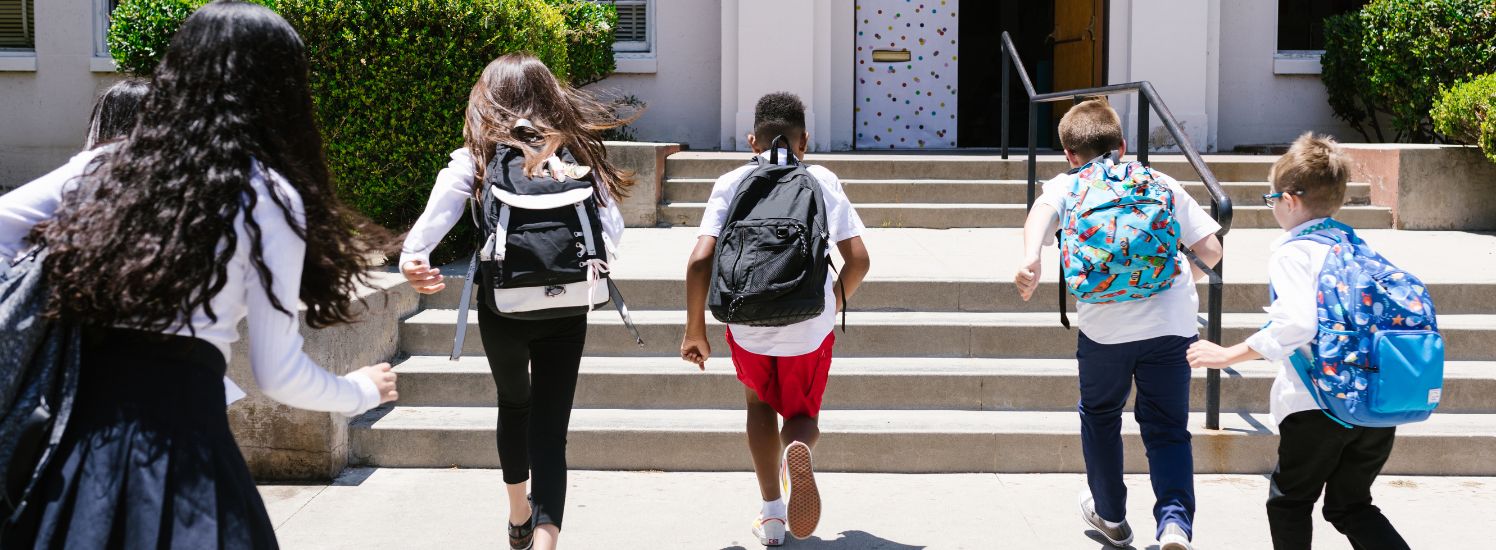Navigating the back-to-school transition can be challenging for any family, but it can be particularly daunting for those whose children have learning or thinking differences.
As summer draws to a close and the first day of school approaches, it's essential to equip your child with the tools and strategies they need to thrive. From setting realistic goals to collaborating closely with teachers, these five practical tips will help create a smoother transition, ensuring that your child feels supported, organized, and ready to tackle the new school year with confidence.
1. Set Realistic Goals:
- Tip: Work with your child to set achievable academic and personal goals. Break tasks into manageable steps and celebrate progress.
- Why: Setting goals fosters a sense of accomplishment and motivation, helping children stay focused and engaged.
2. Collaborate with Teachers:
- Tip: Communicate with teachers about your child's needs, strengths, and any accommodations they require. Attend back-to-school nights and meetings.
- Why: A strong partnership with educators ensures your child receives the necessary support and resources.
3. Develop Organizational Skills:
- Tip: Teach your child to use planners, checklists, and organizational tools. Practice packing their backpack and organizing school materials.
- Why: Good organizational skills can reduce stress and help children stay on top of their responsibilities.
4. Managing Mental Health Conditions
- Tip: Ensure ongoing communication with mental health professionals, develop a crisis plan for moments of intense emotional distress, and advocate for appropriate accommodations (e.g., extended time, breaks).
- Why: Continuous communication with mental health professionals ensures that your child’s emotional needs are consistently monitored and addressed. Having a crisis plan in place provides a clear strategy for managing severe emotional episodes, reducing anxiety for both the child and the caregivers.
5. Establish a Routine Early:
- Tip: Start transitioning back to a school schedule a few weeks before school begins. This includes regular sleep and wake times, meal times, and study periods.
- Why: Consistent routines help reduce anxiety and prepare children for the structure of a school day.
By implementing these strategies, you can help ensure a smooth and successful back-to-school transition for your neurodivergent child or teen.












